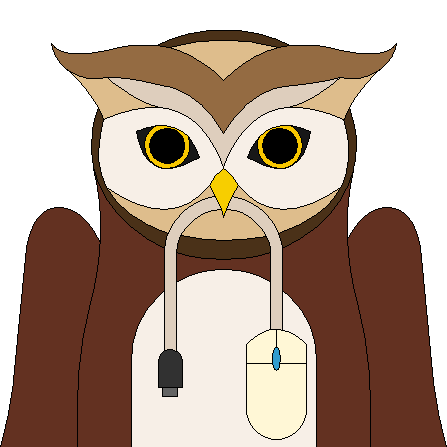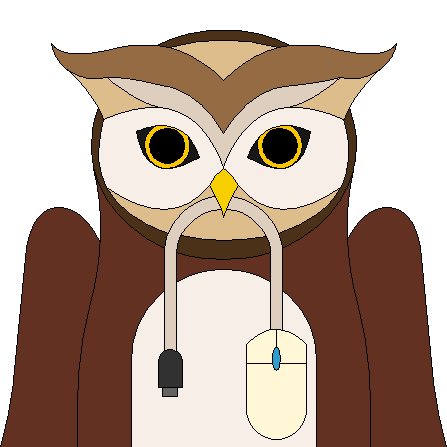Click and drag the feature to the correct place on the map.
United States Features Map Puzzle Hints
Many rivers form the boundaries between states, so this is an easy way to position the rivers. Also notice how the names of rivers—the Ohio, the Mississippi, the Arkansas, the Colorado and the Missouri are also the names of states, but not always the state you would expect. Just be glad we don’t have states named “Red” or “Platte.”
Alaska Range
Appalachian Mountains
Arkansas River
Brooks Range
Cascade Range
Colorado River
Columbia River
Death Valley
Everglades
Great Salt Lake
Lake Erie
Lake Huron
Lake Michigan
Lake Ontario
Lake Superior
Mauna Loa
Mississippi River
Missouri River
Mojave Desert
Mount St. Helens
Ohio River
Olympic Mountains
Ozark Mountains
Platte River
Red River
Rio Grande
Rocky Mountains
Salton Sea
Sierra Nevada Mountains
Yellowstone National Park
Yukon River
The Brooks Range is in Alaska, running across the Northern part of the state. Like the Alaska range, it is part of a system of mountain ranges that extend from Central America to Alaska and Canada. Back
The Yukon River flows from western Canada toward the Bering Sea, emptying on the western side of the state, about halfway between the Northern and Southern coasts. Back
The Alaska Range curves across the Southern coast of the main part of Alaska. It is part of a system of mountain ranges that extend from Central America north to Alaska and Canada. Back
The Appalachian Mountains are more than 1300 miles long, running from Maine down into Georgia. Most of the ridges run from northeast to southwest. The highest peak in the Appalachians, Mount Mitchell, is 6684 feet—not very high for the highest point in a mountain range. Because the Appalachians are old mountains, their peaks are lower and much less jagged than the peaks of the Rocky mountains. Back
The Rocky Mountains are high, jagged mountains which stretch from Mexico and up into Canada. They are part of the system of mountains which continues from Central America up through Canada and Alaska. The Rocky Mountains and the high plains to the East of them constitute most of the landscape of the American West. The highest part of the Rockies is in Colorado, Utah and New Mexico, where there are more than fifty peaks over 14,000 feet. The South Pass, in Wyoming, is the route where the first transcontinental railroad went through the Rocky Mountains. Although the pass is still high at 7000 feet, it rises gradually enough to allow a train to go over easily. The early pioneers travelling by wagon train used the same pass to get through the Rocky Mountains on the Oregon Trail. Back
The Red River is the most southerly of the large rivers forming the Mississippi-Missouri river system. It runs from north Texas to meet the Mississippi in Louisiana, forming the border between Oklahoma and Texas in its middle third. Back
The Platte River flows from eastern Wyoming, through Nebraska, to join the Missouri River between Nebraska and Iowa. Back
The Cascade Range is in Washington and Oregon, about a third of the way in from the coast. Back
Mount St. Helens is in southern Washington, just west of the Cascade Range. It is a volcanic mountain which erupted violently in 1980. Back
The Columbia River crosses the Cascade Mountains from eastern Washington to the Pacific. Back
The Great Salt Lake is salty, like the ocean, not fresh water, like most lakes, because it does not drain to the sea. It is in the Northern part of Utah, north of the Colorado-Wyoming line. Back
Lake Michigan is the only one of the Great Lakes entirely within the United States. Back
Lake Erie, like all the Great Lakes, is fresh water. It forms part of
the northern borders of Pennsylvania, New York and Ohio. Back
Lake Ontario is the most easterly of the Great Lakes. It forms part of the Northern border of New York. Back
Lake Huron is between the southern part of Michigan and Canada. Like all of the Great Lakes except Lake Michigan, it is partly in the USA and partly in Canada. Back
Lake Superior, the largest of the Great Lakes, is between Canada and the states of Michigan and Minnesota. Back
The Mississippi River, the largest river in North America, flows from Minnesota to Louisiana, where it empties into the Gulf of Mexico. It forms the borders of Wisconsin, Iowa, Illinois, Missouri, Kentucky, Tennessee, Arkansas, Mississippi and Louisiana. Because it has no rapids, it has been a major transportation route for thousands of years. Back
The Ohio River flows from Pennsylvania to join the Mississippi where Kentucky, Illinois and Missouri meet. Back
The Olympic Mountains are in the Olympic Peninsula, in the extreme northwestern part of Washington. Back
The Ozark Mountains are in Arkansas and Missouri. Back
The Salton Sea is really a salty lake, in the Imperial Valley of southern California. It was created between 1905 and 1907 by the failure of an irrigation canal. Its level varies from year to year, depending on rainfall and the amount of irrigation water that it receives. Back
The Sierra Nevada mountains are on the border between California and Nevada. Back
The Everglades are a system of swamps in the extreme south of Florida. They are home to a wide variety of wildlife, including alligators. Back
The Rio Grande (Big River, in Spanish) flows south from Colorado, through New Mexico, and forms the border between Texas and Mexico. Back
The Colorado River runs from Colorado, through the corner of Utah, into Arizona and then into Mexico. It then empties into the Gulf of California. Back
The Mojave Desert is in California, inland south of Death Valley, and south of the Sierra Nevada mountains. Back
Death Valley is the lowest spot in the US. Back
Mauna Loa is the volcano on the island of Hawaii, the biggest of the islands, all of which were formed by volcanic action. Volcanoes continue to add area to the island of Hawaii. Back
The Missouri River is the longest of the tributaries of the Mississippi. It flows from Montana, through North Dakota, picks up the Platte River, and flows into the Mississippi on the border between Missouri and Illinois. Back
The Arkansas River flows from Colorado, through Kansas, Oklahoma and Arkansas into the Mississippi. Back
Yellowstone National Park is in the northwest corner of Wyoming. “Old Faithful," the best-known geyser in the park, spouts water and steam because of the heat from latent volcanic activity. Back


